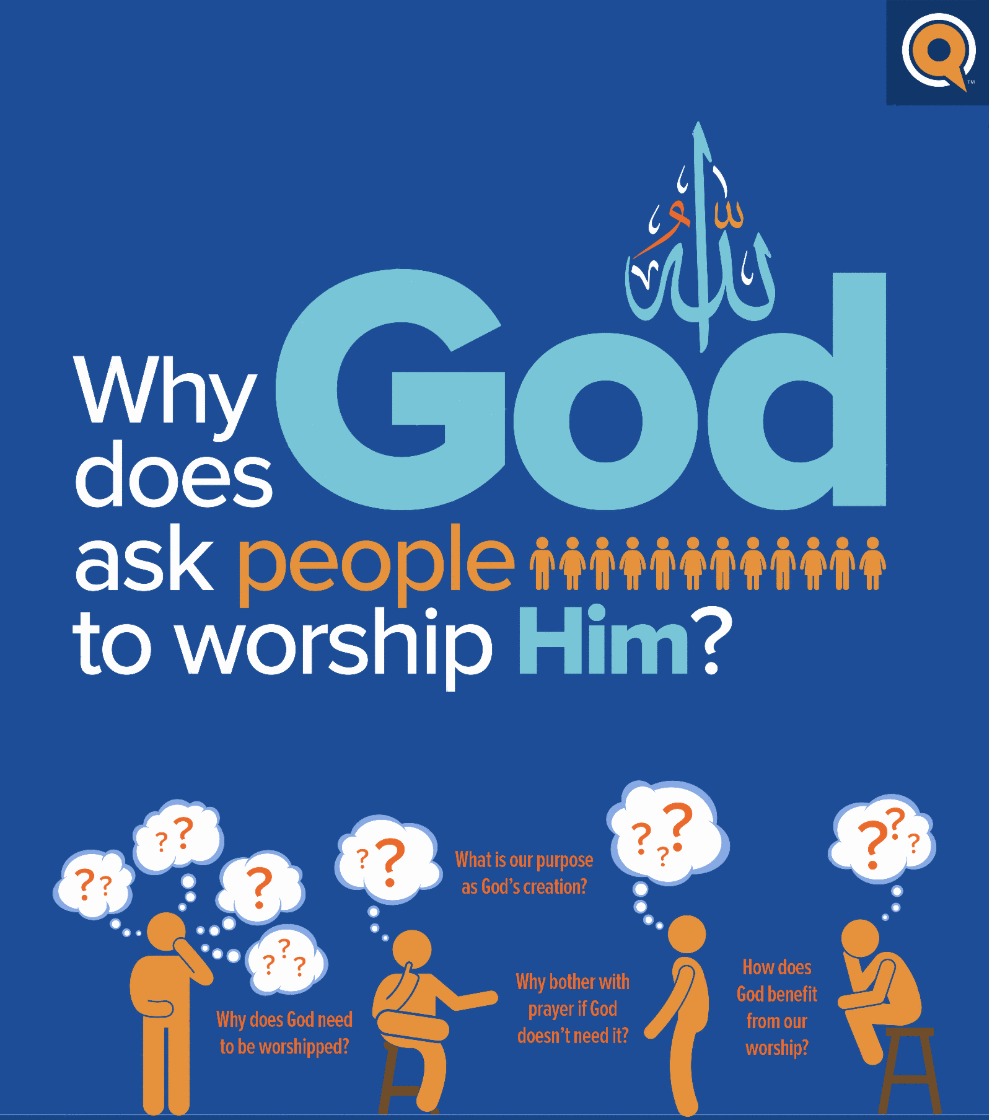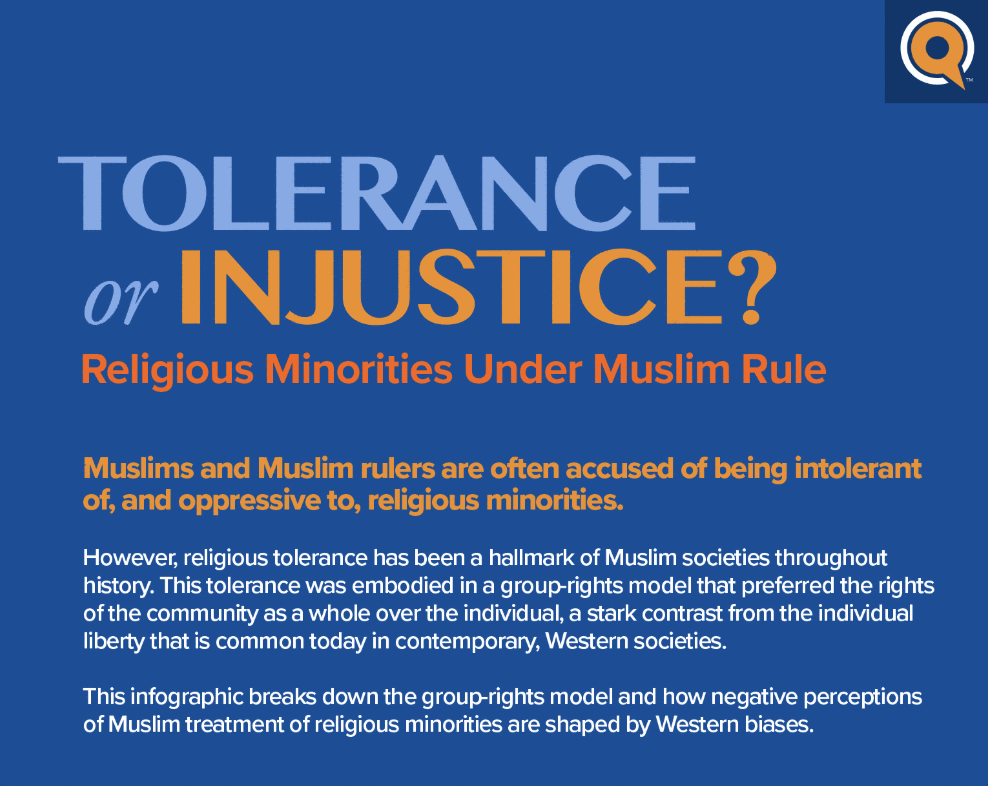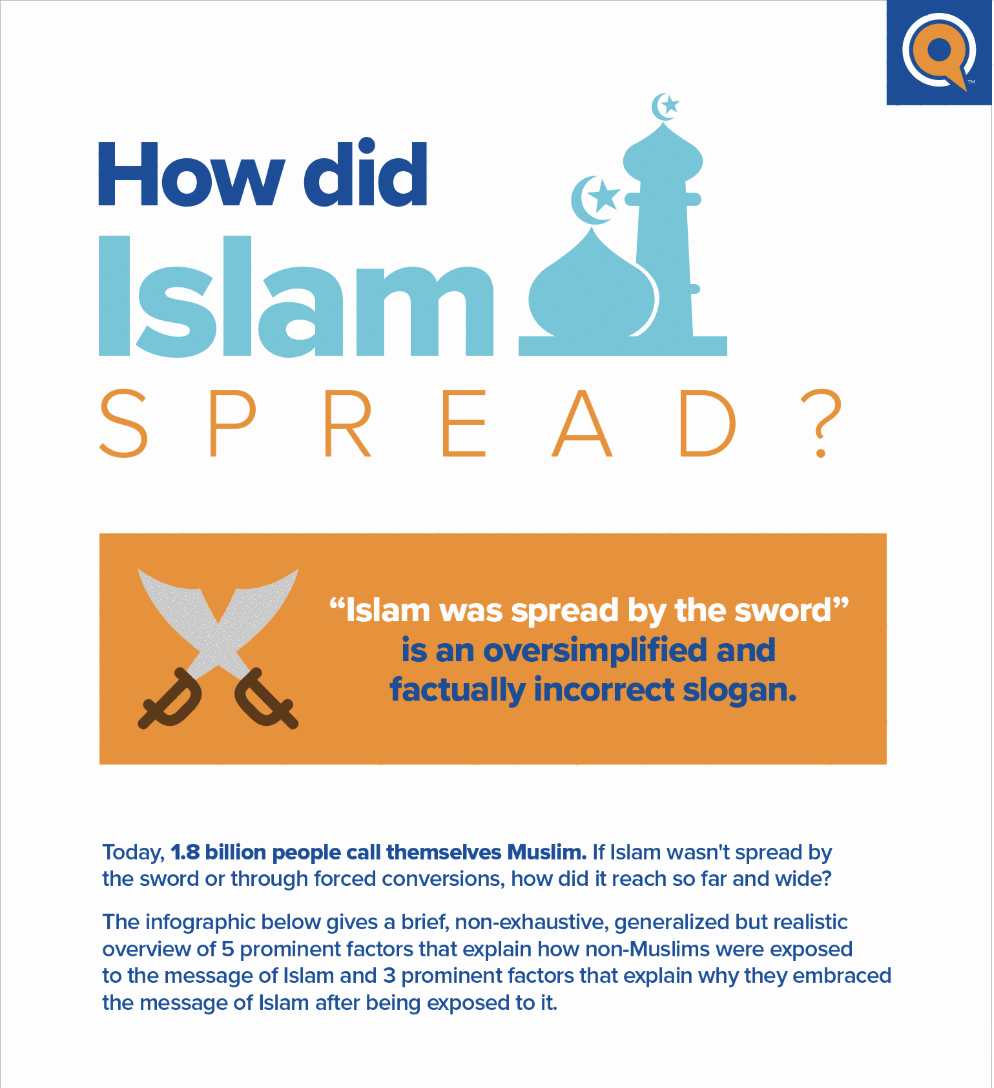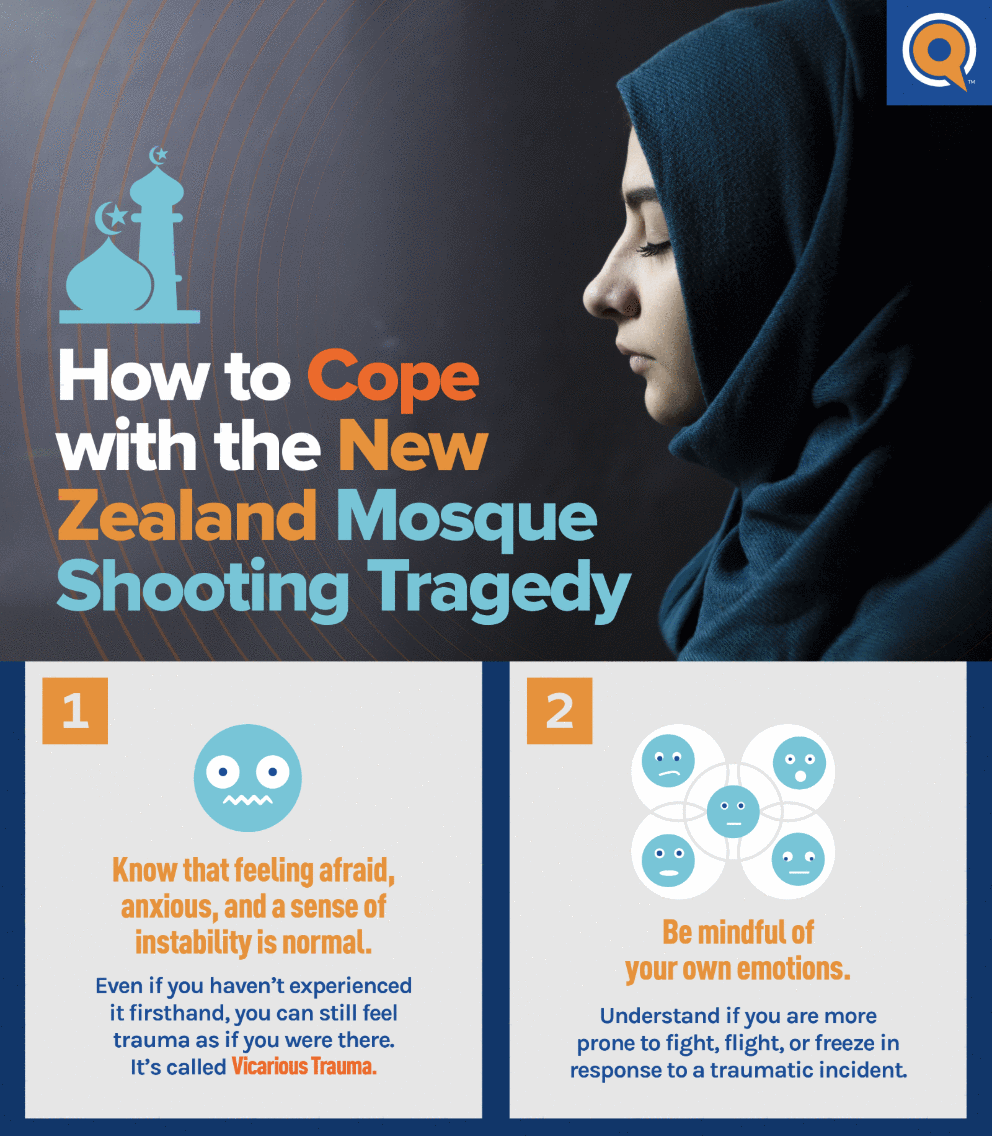With just a few days left in 2019, we’re counting down to 2020 with some of our top content this year.
At Yaqeen’s core is the production of high quality, academic-grade Islamic research publications. But our work doesn’t stop there. Our infographics present these big topics in a simple, visual format.
Here are our top 5 most visited infographics of 2019:
#5 Proofs of Prophethood Part 1

In the first of several infographics based on the Proofs of Prophethood series, the infographic demonstrates that the coming of the final Prophet was inevitable considering every generation’s need for it, the world conditions of his time, and the biblical prophecies surrounding his ministry.
#4 Why Does God Allow Evil to Exist?

In a contemporary study, Americans were asked, “If you could ask God only one question, and you knew He would give you an answer, what would you ask?” The most common question was, “Why is there pain and suffering in the world?” This infographic illustrates the theodicy put forth by Ibn Qayyim al-Jawziyya.
#3 Why Does God Ask People to Worship Him?

One common question posed by skeptics of faith pertains to the wisdom behind God asking His creation to worship Him. Why does God ask us to worship Him, when He has no need for our worship? How does God benefit from our prayers, supplications, and fasting? In response, this infographic begins with three reasons why this question is inherently problematic, and ultimately addresses the more pertinent question, Why do we need to worship God?
#2 Tolerance or Injustice? Religious Minorities Under Muslim Rule

Religious minorities are often depicted as oppressed and vulnerable victims of their Muslim rulers. This portrayal, however, is far from accurate. This infographic seeks to reorient our understanding of the rights and responsibilities that religious minorities possessed under Muslim rule.
#1 How did Islam Spread?

Did Islam spread by the sword? While there may have been some exceptional cases of forced conversion―in clear violation of Islamic teachings―this infographic describes some of the prominent factors in the Islamization of different regions of the world in history, including daʿwah, trade, intermarriage, migration, influencers, Islam’s emphasis on justice and unity, and the universality of Islam.
Bonus: How to Cope with the New Zealand Mosque Shooting Tragedy

On March 14, 2019, 51 lives were lost in a mass shooting during Friday prayer at a mosque in Christchurch, New Zealand. Licensed therapists Najwa Awad, LCSWC and Sarah Sultan, LPC, LMHC, authors of “Trauma: Your Lord Has Not Forsaken You” shared practical tips on how Muslims can process and cope with this tragedy.

